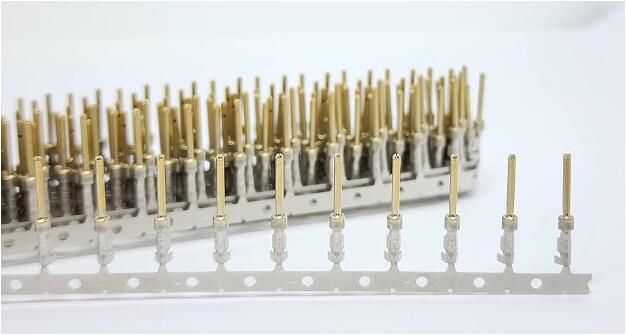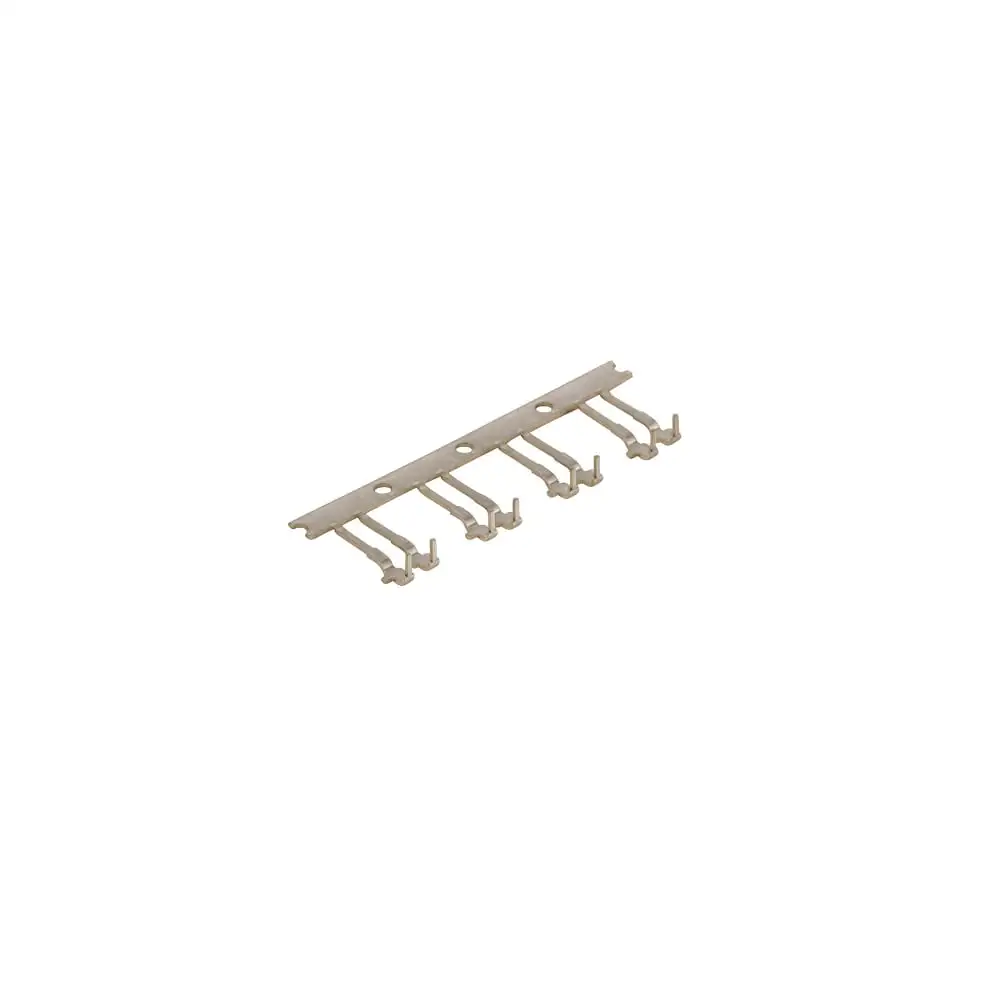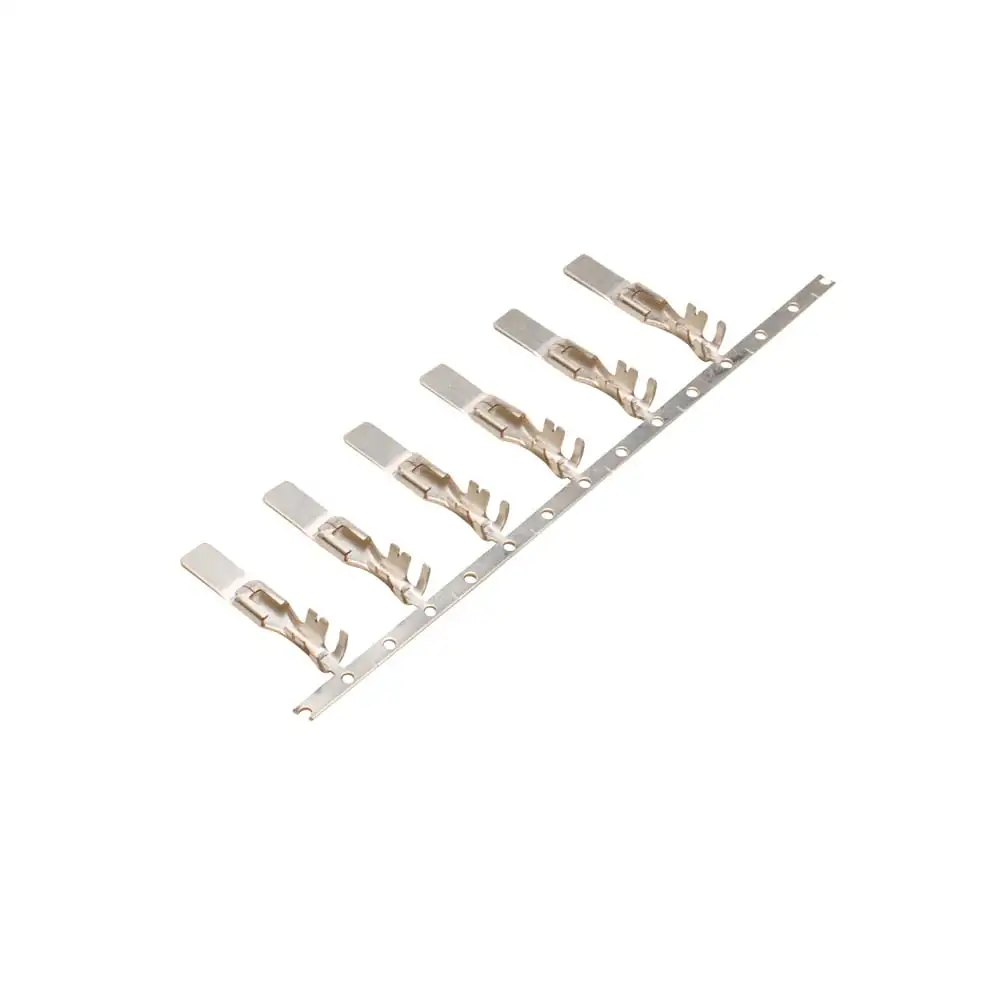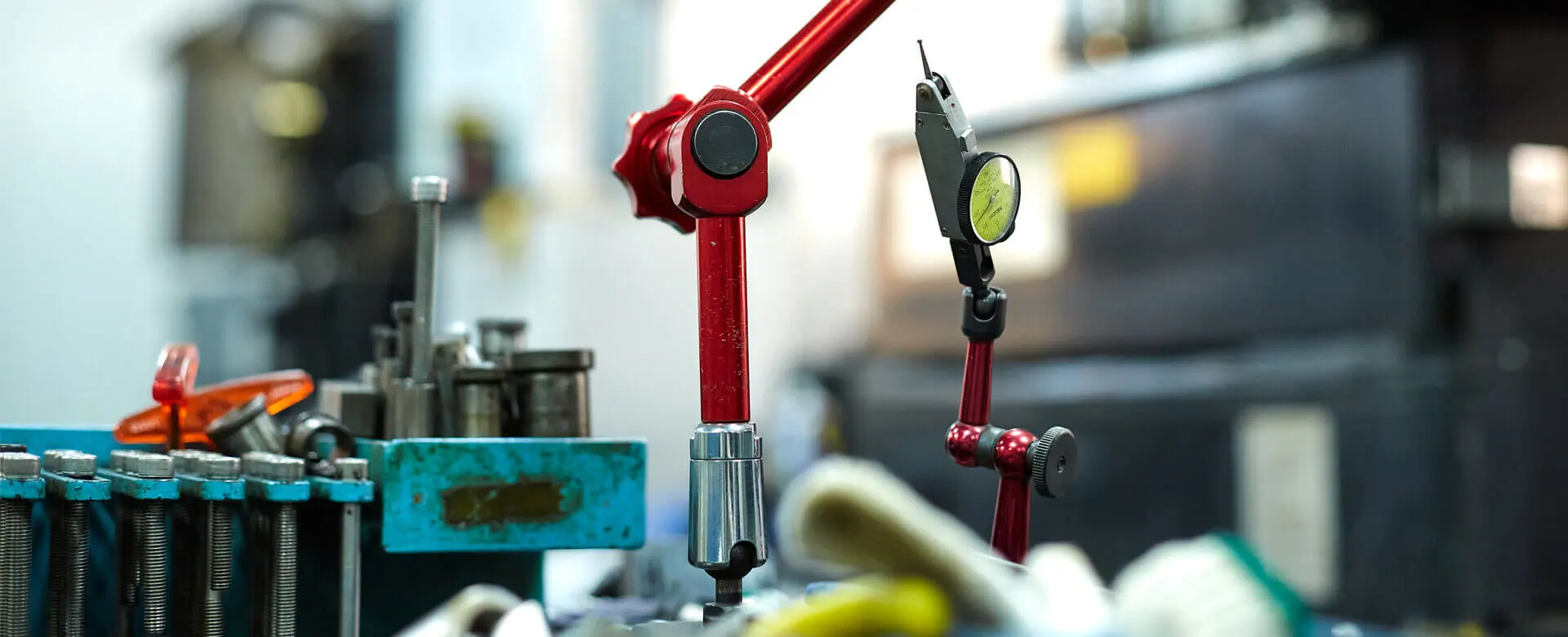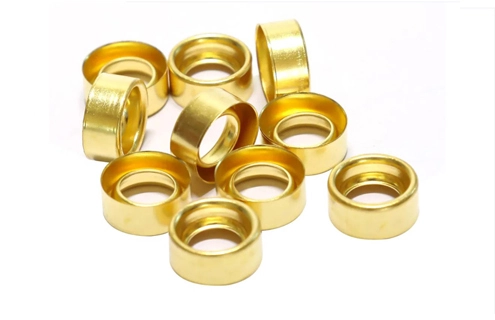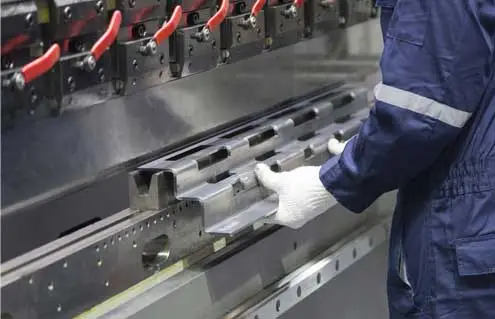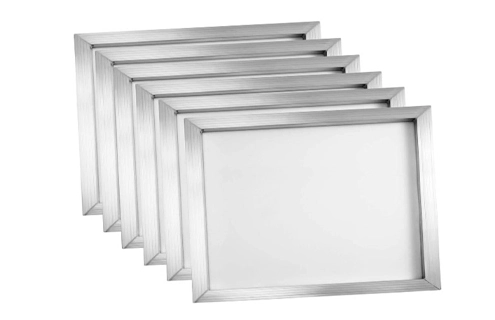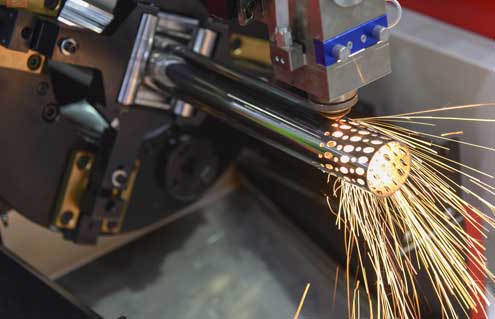JCL’s Manufacturing Process for Terminal Pins
Stamping
The first step of our manufacturing process is stamping the terminal pins. For forming the metal pins we fed the thin strip on a high speed punching machine. With the punching machine we also have specialized dies to provide shape to our terminal pins. First, our team uses the crimping process to give pressure on the metal and then cut and shape it through the specialized dies.
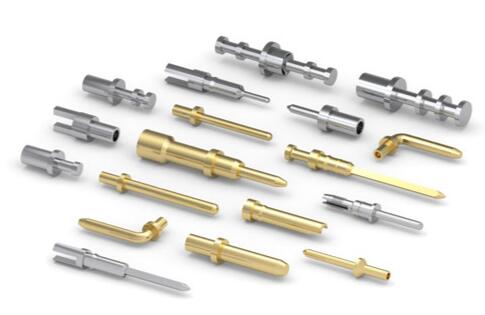
Molding
After done with our custom metal stamping process, we will send the prepared pin blanks for the molding process. In this step of our manufacturing process, we will send the pin blanks into a molding machine. Then by the molding machine we will surround the end of the terminal pins with liquid plastic or resin harden. After cooling it, we remove the metal pins from the mold. Through this process we ensure that each pin has a plastic base and gets the desired shape.
Heading
In the next step of our manufacturing process, our team conducts the heading process. Once we mold the terminal pins, we enter them into the heading machine. Our innovative heading machine forms and gives shape to the end part of the metal pins. Here we can customize the end of the shape and we can form it as a button or cap. Our heading process is capable of creating unique head or flange designs for your terminal pins.
Pointing
After finishing heading, our team starts the pointing process. In this process, we give the terminal pins into a pointing machine to do the pointing of the opposite end of the pin. Through this process, we ensure that our terminal pins can easily fit into the sockets without any problem.
Plating
After forming and molding the terminal pins, our team sent them for plating. We place the metal pins into a large tank which is filled with electrolyte. Electrolyte is basically a liquid solution that is made with metal like gold, tin or nickel. We use this to give a thin metal coating on the surface of our terminal pins. We add this layer to protect the metal terminal pins and improve the conductivity of them.
Assembly
In the last step of our terminal pins manufacturing process, we do the assembly of the final terminal pin products. Our team carefully places the terminal pins with their other parts like adding a plastic housing or connector with it for completing the connector assembly. In this process we make sure that our metal terminal pins perfectly fit with the final products. Before packaging the products our team also inspects if all the connection are working properly.


Materials JCL Uses for Manufacturing and Plating Terminal Pins
Here is a table of materials for manufacturing terminal pins:
Material | Properties | Advantages | Disadvantages |
Brass | | Corrosion resistant Easy to machine and form Low cost
| |
Copper | | | |
Phosphor Bronze | Alloy of copper, tin, and phosphorus High strength and fatigue resistance Good electrical conductivity
| | |
Beryllium Copper | Alloy of copper, beryllium, and other elements High strength and excellent spring properties Good electrical and thermal conductivity
| | |
Stainless Steel | Alloy of iron, chromium, and other elements High strength and corrosion resistance Poor electrical conductivity
| Excellent corrosion resistance Maintains strength at high temperature Easy to clean and sterilize
| |
Here is a table for materials of plating terminal pins:
Plating Material | Properties | Advantages | Disadvantages |
Tin (Sn) | | Low cost Easy to apply Compliant with RoHS
| Limited shelf life Prone to whisker growth
|
Nickel (Ni) | Excellent corrosion resistance Good hardness and wear resistance Moderate electrical conductivity
| | |
Gold (Au) | | Long-term reliability Low contact resistance Resistant to oxidation
| |
Tin-Lead (SnPb) | | | |
Silver (Ag) | | Reliable performance Oxidation resistant Lower cost than gold
| Prone to tarnishing Limited wear resistance
|
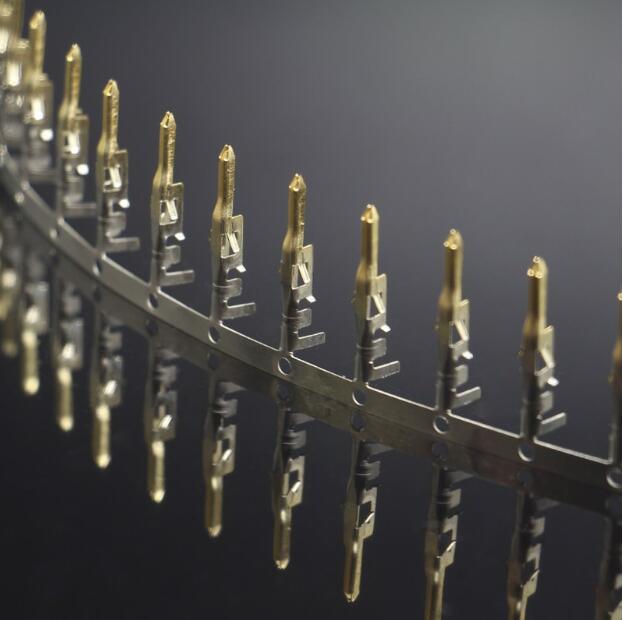

How JCL Manufactures The Best Terminal Pins
At JCL, we always focus on the quality first. That’s why for manufacturing our metal terminal pins, we rely on quality materials. Our team selects the best raw materials like copper, brass to produce our metal pins. Because we believe the quality of the final products is highly influenced by the quality of its materials.
For fulfilling the different application needs, we use two types of wire materials in the manufacturing process of our terminal pins. The first one we use is a copper alloy, specifically C7025 (Cartridge Brass). We use this one for its excellent performance in conductivity, mechanical strength and corrosion resistance. The second wire we use in the production of the terminal pins is a nickel-plated copper alloy wire. This wire is also good at increasing the thermal resistance and mechanical strength.
To make our metal pins, we utilize cold-forming machinery with specialized designs. The screw machines that are often used to create these pins have far larger tolerances than these devices.
We also use advanced technical methods in our manufacturing process including cold-forming processes like stamping, extruding, and rolling. This advance and innovative methods helps us to design perfect and functional terminal pins.
We also offer customization to modify designs, materials, or platings for customers' specific requirements.
